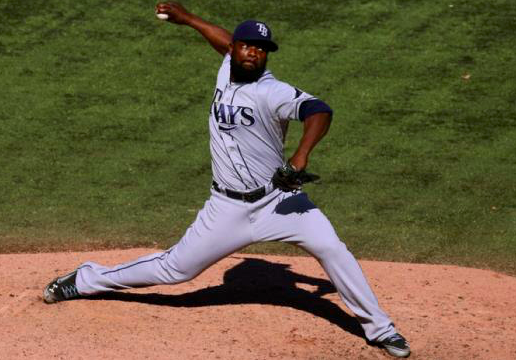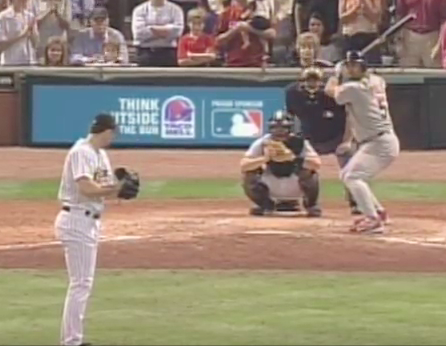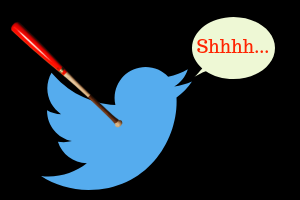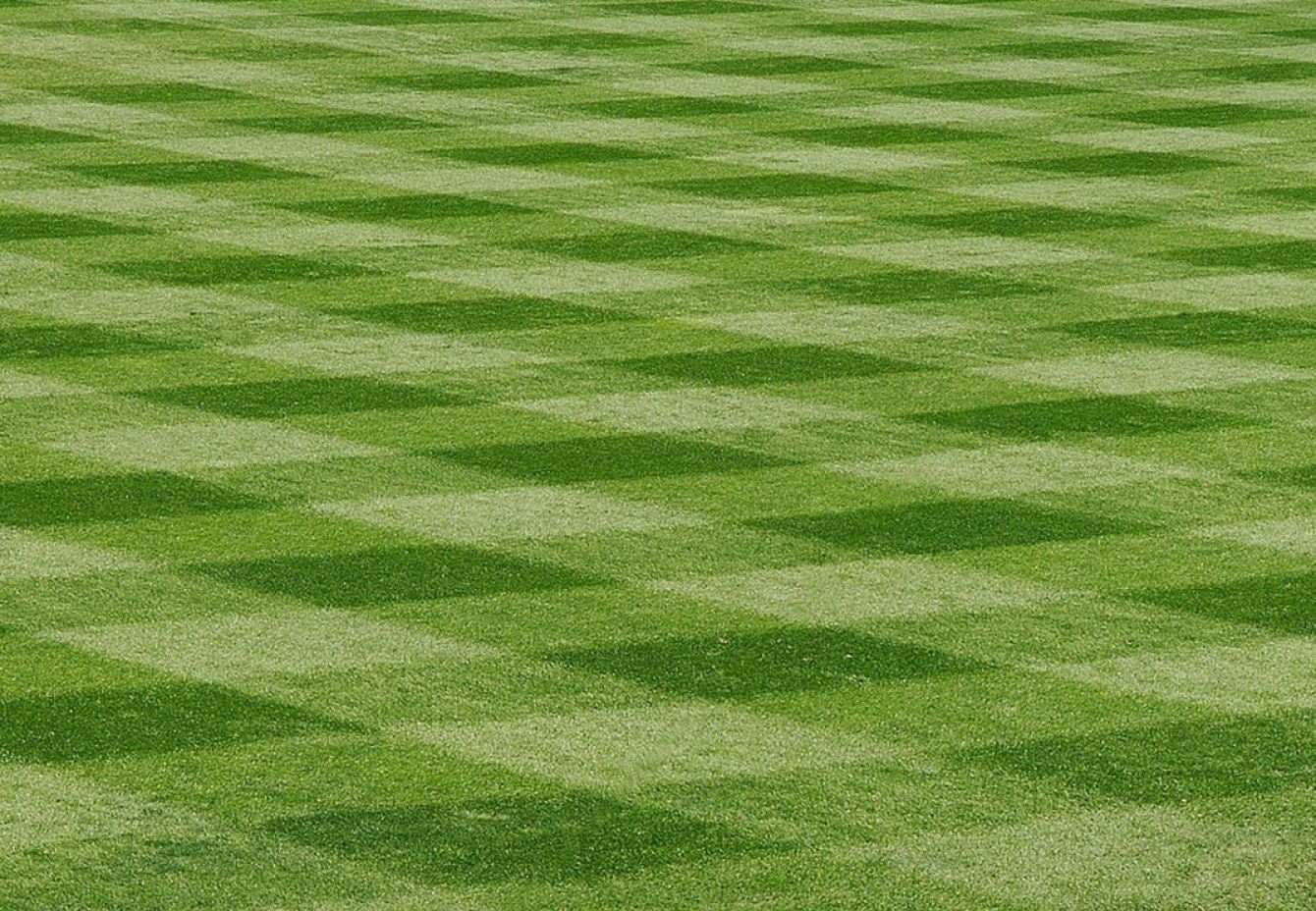
As I have stated in the Slider Domination FREE AudioBook, relief pitching is the fastest way to the Bigs. No other position in all of sports grants this many opportunities. However, it comes at an expense. Quite frankly, only the strong survive in this endeavor. Managers will use middle relievers until they show that they are no longer a viable option. Because of this approach, you will see a manager ride the hot hand of a reliever as long as possible. They could have a sub 2.00 ERA most of the year and come August, it balloons to 5.00. Then in all likelihood, even being DFA’d down the stretch in favor of a fresher arm. It is harsh, no doubt! How to Survive the Grind as a Relief Pitcher
The Disposable Hero, that’s the life of a reliever. You could help carry a team to wins early in the season, and by the end, be a mere distant memory. But he served us well. So let’s look at How to Survive the Grind as a Relief Pitcher. Today we will dive into what it takes to conquer the pressure cooker and answer the bell everytime the bullpen phones rings for thee.
How to Survive the Grind as a Relief Pitcher
How to Survive the Grind
as a Relief Pitcher
Durability is KEY

How much a manager can lean on you to get outs has a lot to do with your durability. Can you pitch effectively back to back days? Are you able to pitch 4 times a week? The biggest question of all, Do you want the ball when you don’t feel anywhere near your best?
These are all vital factors that come into play with relievers. The more a middle guy tells the manager that he cannot pitch on certain days, the less likely he is to hang on with the team.
This all comes down to how efficient you are with your preparation. Establishing a consistent routine is essential for the longevity of a reliever.
The first thing to be mindful of, is how many throws you need to make every day. How many do you need before the game to get loose? Then, how many pitches do you need to make off the mound in the bullpen in order to come into the game? This is all figured out by trial and error over time. Run with what works, until an adjustment has to be made. The more you can save your bullets, the longer you can produce.
Keep in mind, everyone’s arms, physical make up, and level of comfort vary. Some pitchers have rubber arms and can work every day. While others need to throw for a good 25 minutes until they feel ready to go. Others can come into the after just 8 pitches in the bullpen…also knowing that they get 8 more when the manager hands them the ball.
How to Survive the Grind as a Relief Pitcher
How to Survive the Grind
as a Relief Pitcher
No Time To Nibble

Relievers do not have the luxury to establish the corners the same way a starter does. When you come into the game in the late innings, the strike zone has already been set. While the bullpen maybe anywhere from 300 to 450 feet away from home plate, you won’t really know what it is like until you jump in the fire.
The biggest thing about relief pitching is coming in and throwing strikes, especially when runners are on base. Falling behind hitters is intolerable and walks are a HUGE NO NO!!! The hitter has to earn it, therefore you have to challenge him.
This is why you will see reliever with an ERA of 5.00 who pitches consistently out of the pen. They had a few rough outings where they got hit around and have to lower the ERA one scoreless inning at a time. The reason why they still get regular work is because the come into the game, pound the strike zone and challenge hitters. They don’t nibble. They understand their role. Which takes us to the next point…
How to Survive the Grind as a Relief Pitcher
How to Survive the Grind
as a Relief Pitcher
All That Matters…

Baseball is no doubt a game of failure. Pitchers go through slumps no different than hitters do. With relievers, a rough stretch is more magnified because of the situation. Quite simply, there is less margin for error the closer you get to the 27th out.
You hear a lot about relievers having a short memory. That can be a developed skill over time. Part of this mastery comes from simply focusing on the hitter in front of you. It doesn’t matter how you are feeling, nor does it matter what the hitter has done against you in the past.
Regardless of anything else, all that matters is the hitter in front of you. As he wiggles his bat and tries to make you fearful, how you are going to make your pitches to get him out. This all you have to focus on. Attack the hitter with full conviction that you will get the job done. Baseball is also a game of redemption….never forget that!
How to Survive the Grind as a Relief Pitcher
How to Survive the Grind
as a Relief Pitcher
Closers are Protected

There is a reason why closers get paid the most for bullpen pitchers. They are that damn good! They have the best stuff and mentally are the toughest. As a result of these special talents, you have to keep them fresh. Don’t get me wrong, they will be used frequently. No one said they are to be treated delicately.
Because they are the top tier in the back end of the bullpen, you have to save their bullets. When you can deliver them a save situation in the final frame or a tie game in the 9th at home, they will be called on for sure. Thus, expected to deliver. For anything else, it will have to be a dire situation to use them out of ordinance, aside for just getting some work.
Come postseason baseball, they will be relied on more heavily. Working back to back days of getting more than 3 outs. Maybe even coming into the game in the 7th inning. Because of this enhanced magnitude of these high intensity situations, it is essential to keep your Hammer rejuvenated when possible.
How to Survive the Grind as a Relief Pitcher
How to Survive the Grind
as a Relief Pitcher
A Week Off?

Middle relievers no doubt are subject to being overworked. Subsequently, the production may suffer. In professional baseball, roster moves are made frequently. The revolving door of the bullpen is part of the business. However, it is not all doom and gloom. Being DFA’d can be a blessing in disguise. Sometimes all an overworked pitcher needs is a week off to clear his head and let things heal up a bit. That luxury doesn’t exist when you are under contract. Opportunities are a plenty in the relief pitching world. Especially when you have a track record of producing. That is what professional baseball is based on.
In 2017 alone, 688 pitchers made at least 1 relief appearance in Major League Baseball. That is an average of 23 per team. The Seattle Mariners lead the league in opportunity with 34 different relievers making an appearance. Because of the nature of relievers coming and going, one never knows where they will end up. You could be released from a last place time and picked up by the eventual World Champion….It has been known to happen.
In a nutshell, when you produce as a reliever, you stay. It is that simple. You pitch until you can’t be effective, then it is on to the next guy. Times marches on. The Disposable Hero is the nature of the position. Stay in the moment and focus on getting better each day. Relievers can be the hero or the goat…and they will be remembered equally for either. Although the glory of getting big outs in big games, is eternal.
Keep Dominating!!!
About the Author
 Brad Kirsch is the Owner/Creator of Slider Domination. He is a former professional pitcher who blogs about all things Pitching. Brad has also authored the AudioBook, 7 Reasons Why YOU Should Throw a Slider. If you haven’t done so already, you can Download the AudioBook Here
Brad Kirsch is the Owner/Creator of Slider Domination. He is a former professional pitcher who blogs about all things Pitching. Brad has also authored the AudioBook, 7 Reasons Why YOU Should Throw a Slider. If you haven’t done so already, you can Download the AudioBook Here







